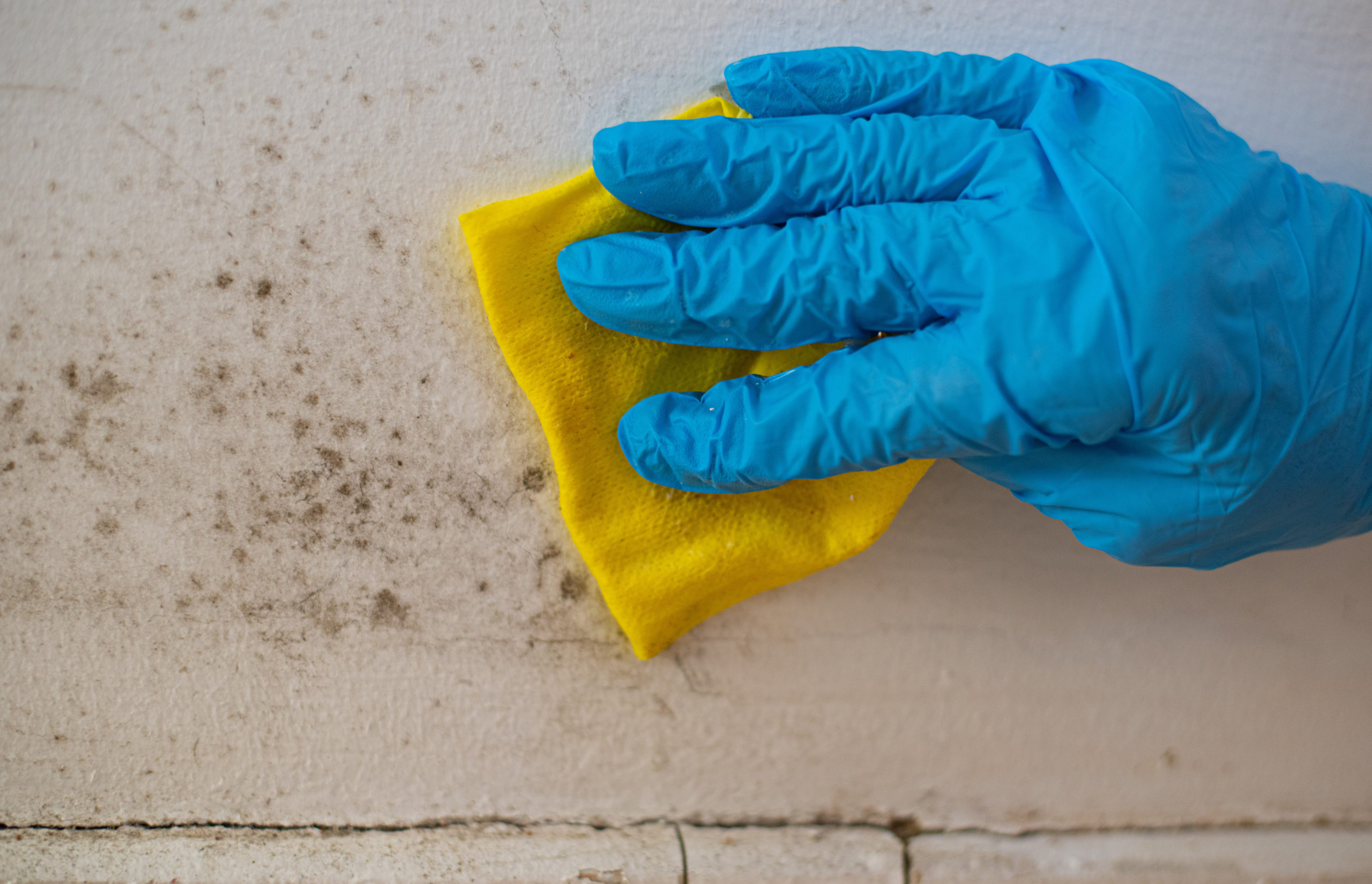
We all know the familiar sniffles and sneezes of a spring allergy attack, the scratchy eyes and watery nose that remind us that the pollen gods are out in force. But what if that persistent cough, those inexplicable headaches, and lingering fatigue aren’t just seasonal woes? What if the culprit lurking in the shadows is something far more insidious – mold exposure?
Mold, those fuzzy green, grey, or black growths that thrive in damp environments, often goes unnoticed until its telltale symptoms start creeping in. The problem is that many of these symptoms are eerily similar to common allergies and everyday ailments This makes it easy to write them off and miss the bigger picture.
Here’s the lowdown on 9 key symptoms of mold exposure that you might be mistaking for something else:
- Respiratory Woes: Chronic cough, wheezing, and shortness of breath. While these could be allergy symptoms, mold could be the culprit if they’re persistent and unresponsive to allergy meds.
Mold irritates the lungs and airways, leading to inflammation and difficulty breathing. This is especially concerning for individuals with pre-existing respiratory conditions like asthma.
Confusion with Dust, viral infections, allergies
- Sneezing, Runny Nose, and Congestion: Non-stop nasal drip and stuffy nose. Mold spores act as allergens for many people, triggering the same runny nose, sneezing, and congestion you experience with seasonal allergies. However, these symptoms tend to be year-round with mold exposure, not limited to specific seasons.
Confusion with Seasonal allergies, sinus infections, common cold
- Itchy, Watery Eyes: Red, itchy, and irritated eyes. While allergies are a common culprit, mold exposure can also trigger eye irritation, especially if you tend to rub your eyes.
Can be confused with Dry eyes, allergies, conjunctivitis
- Skin Rashes and Irritations: Unexplained, itchy patches and dry, scaly skin. Mold can cause direct skin irritation, leading to rashes, redness, and even hives. Remember, these can appear anywhere on the body, not just in areas directly exposed to mold.
Confusion with Eczema, dry skin, contact dermatitis
- Headaches and Fatigue: Persistent headaches and unexplained tiredness. Mold exposure can wreak havoc on your energy levels, leading to chronic headaches and fatigue. This is because mold produces mycotoxins, harmful chemicals that can disrupt your nervous system and overall well-being.
Confusion with Stress, dehydration, underlying medical conditions
- Difficulty Concentrating and Memory Issues: Brain fog and problems with focus. While stress and sleep deprivation can cause these issues, mold exposure can also affect cognitive function, leading to confusion, memory problems, and difficulty concentrating.
Can be confused with Stress, lack of sleep, thyroid problems
- Digestive Problems: Nausea, stomach cramps, and diarrhea. Although less common, mold exposure can irritate the digestive system, leading to nausea, bloating, and abdominal discomfort.
Confusion with Food poisoning, irritable bowel syndrome, anxiety
- Joint Pain and Muscle Aches: Unexplained aches and pains. Mold can trigger inflammatory responses in the body, leading to aches and pains throughout the joints and muscles.
Confusion with Arthritis, exercise-induced aches, stress
- Mood Swings and Anxiety: Irritability, anxiety, and depression. Mold exposure can affect your emotional well-being, leading to increased anxiety, mood swings, and even depression.
Can be confused with Life stressors, hormonal changes, underlying mental health conditions
Discover Relief from Mold Exposure with Nava
If you’re experiencing a constellation of these symptoms, especially in damp environments like basements or bathrooms, it’s crucial to investigate the possibility of mold exposure. Don’t ignore these signals – early detection and remediation are key to preventing long-term health problems.
Here’s what you can do:
- Get a professional mold inspection: A qualified inspector can identify the presence of mold and its type, which is crucial for determining the appropriate course of action.
- Address the source of moisture: Mold thrives in damp environments, so identifying and fixing leaks, condensation issues, and poor ventilation is essential.
- Clean and remove mold: Professional cleaning may be necessary depending on the extent of the growth. Wear protective gear and avoid disturbing the mold to prevent spore release.
- Improve indoor air quality: Invest in air purifiers with HEPA filters and ensure proper ventilation to reduce airborne mold spores.
- Consult an integrative healthcare professional specializing in mold toxicity: If you suspect mold exposure is impacting you, consult an integrative healthcare professional specializing in mold toxicity.
If you suspect mold exposure is impacting your health, seek medical advice. There are protocols available to help address and manage symptoms of mold toxicity.
Mold exposure is not something to take lightly. While the symptoms can be easily confused with other conditions, left untreated, it can lead to far more serious complications.

Stephanie is an autoimmune advocate and Functional Nutritionist who blends science, humor, and herbalism to create personalized nutrition and integrative health strategies. With over five years of clinical experience, Stephanie has helped numerous clients overcome various health issues, from weight management to autoimmunity and hormonal balance.